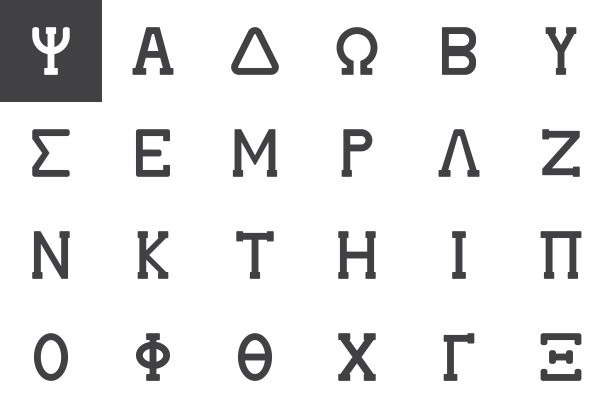Option Greeks

The Option Greeks are a collection of variables that measure the sensitivity of option prices to changes in underlying factors . Mathematically, they are derivatives of components of option pricing models. Each factor has a Greek letter assigned to it, hence the name ‘Greeks’.
Understanding the Greeks helps to better comprehend how factors such as the price of the underlying asset, time to expiry and volatility impact option prices. These factors apply to individual options, but can also be combined to measure the exposure of options portfolios, making the Greeks useful in assessing the overall riskiness of a portfolio that includes several options positions. This explainer defines the five main Option Greeks.
Delta / Gamma / Theta / Vega / Rho
Delta
Delta represents the change in the price of an option resulting from a change in the price of the underlying asset[EM1] . Delta ranges from 0 to 1 for call options and from 0 to -1 for put options. At-the-money call (put) options have a delta close to 0.5 (-0.5), which will increase (decrease) towards 1 (-1) as the option gets deeper in the money, and closer to 0 as it gets further out of the money.
Delta also gives an indication of the likelihood of an option expiring in the money; an option with a delta of 0.7 has a roughly 70% chance of expiring in the money.
Example
- A call option is currently priced at $4 and has a delta of +0.60 (delta is higher than 0.5, so the option is currently in the money). If the price of the underlying asset increases by $1, the option’s premium will change by 0.60 * $1 = $0.6 and the new option price will be $4.60, all else being equal.
Gamma
Delta is not constant; it changes as the price of the underlying asset moves. Gamma measures the change in the delta of the option in response to a change in price of the underlying asset. Mathematically, it is the second derivative of the option price with respect to the price of the underlying asset. The higher the value of gamma, the more sensitive the option’s delta to price changes in the underlying asset. Gamma is highest for options that are at the money and with shorter time to expiry, and decreases as the option becomes deeper in or out of the money.
Example
- Imagine the call in the previous example has a gamma of 0.03. If the price of the underlying asset increases by $1, the delta will change by 0.03 * 1 = 0.03, and so increase from the initial 0.60 to 0.63.
Theta
Theta represents the time decay of an option contract and specifies the ‘time value’ or ‘extrinsic value’ the call or put option loses every day as it approaches expiration. The daily loss in time value is not linear over the life of the option, but accelerates as expiration approaches. So theta is higher – more negative – for options closer to expiration. It is also higher for at-the-money options, as these have more time value built in the premium than in- or out-of-the-money options with the same underlying asset and expiration date.
Example
- The same call option has a theta of 0.02. If it is priced at $4 today then, all else being equal, the option’s value will be $3.98 after one day.
Vega
Vega measures the rate of change in the price of the option due to a change in the implied volatility, which is the expected volatility of the underlying asset from now until the option expires. The higher the implied volatility, the higher probability of large price movements in the underlying asset, which means the option is more likely to move further away from the strike price. This is positive for the value of options, which is why option prices increase when the volatility of the underlying asset rises.
Example
- The same call option has a vega of 0.3 and the implied volatility is currently 10%. If the implied volatility increases to 11.5%, the option price will increase by 1.5 * 0.3 = $0.45 to $4.45.
Rho
Rho measures the change in the price of an option relative to a change in the interest rate. If an investor holds a call option, they delay payment for the underlying asset until the option expires. Until then, this capital can be put aside and generate interest. As such, an increase in interest rates increases the value of call options. For put options, the opposite happens, i.e. an increase in interest rates decreases the value of put options.
Example
- The same call option has a rho of 0.15. If interest rates increase by 0.5%, the value of the call option will increase by 0.15 * 0.5 = $0.075 to $4.075. In contrast, if the investor has a put option with the same rho, the price of the option will decrease by $0.075





